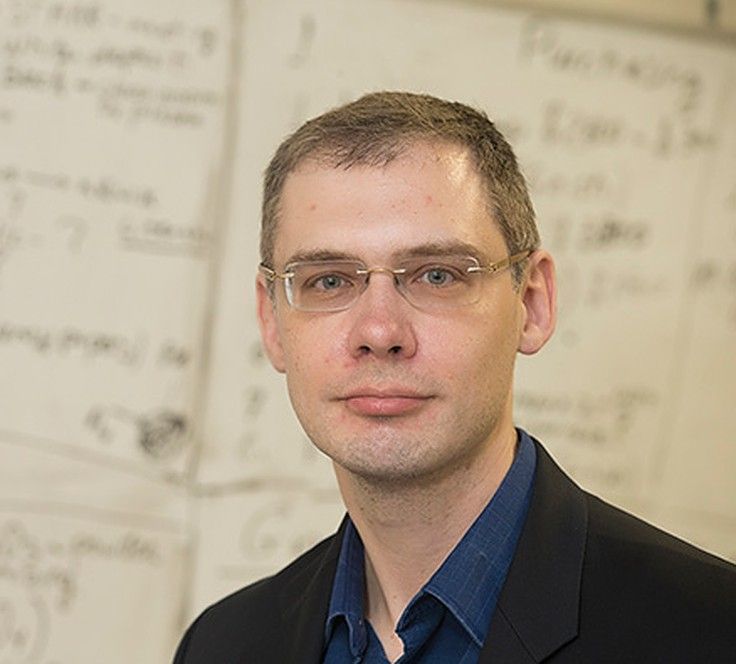Sensing an opportunity, Fluxion goes all-in on electric autos

With one Small Business Innovation Research (SBIR) grant in hand and a lucrative vertical market within reach, Fluxion Technology is gearing up to revolutionize consumer energy usage – starting with your car.
Founded in 2017 by Dr Y. Soobrayen and Stony Brook University Associate Professor Alexander Orlov, Fluxion is dedicated to the development of next-generation heat-flux sensors – super-sensitive detectors designed to spot abnormalities in all kinds of systems where energy is transferred: electronic, biological or otherwise.
The sensors are “diagnostic devices in the most general terms,” according to Dr. Orlov, who likens Fluxion’s flagship technology to a unique detection of fever – a first line of detection attuned to internal trouble.
“If a battery is running efficiently, it’s not generating a lot of heat,” he says. “It does the useful work, it moves electrons, it charges the devices.”
“But when the battery starts going wrong, it’s like the human body – it catches a fever,” Dr. Orlov adds. “That’s an indication there’s something wrong.”
This battery diagnostic tool is complementary to many battery related activities at the Advanced Energy Research and Technology Center (AERTC). Fluxion’s $225,000 SBIR grant, awarded in June 2019, targeted automotive batteries specifically, and after one year of focused research and development, Dr. Orlov is excited about the possibilities presented by the burgeoning electric-vehicle industry.
“We found that the market for electric vehicles is enormous – and it’s growing fast,” he notes. “There are many applications for these sensors related to batteries, but especially for a product that tells you when it’s time to change your electric car’s battery, or the battery is approaching a catastrophic event and might catch fire.”
Especially promising for Fluxion: The microelectronic sensors can be easily manufactured on a large scale, putting mass-production models like automobiles – and virtually all other energy-system applications – in play.
“Right now, we are demonstrating various applications of this technology,” Dr. Orlov says. “And we are exploring ideas in many industries – (monitoring) materials in a nuclear reactor, for instance, or placing sensors on windows to optimize energy efficiency inside buildings.
“There are many applications.”
After completing its SBIR Phase I research in 2020 – at the height of the pandemic – Fluxion is also considering applying for a Phase II SBIR grant. That would keep the early-stage tech firm squarely on the automotive-battery path, which is not a bad place to be, according to Dr. Orlov.
“The automotive applications are quite promising,” he says. “In the new cars like Tesla and others, you have a battery-management system which is trying to optimize charging and discharging of the battery, and also trying to impose cooling – a sensor that would tell the system the battery is not running at maximum capacity can be very beneficial.”
Whichever path it blazes next, Fluxion will continue to rely on the Advanced Energy Center’s technological prowess, and the AERTC leadership’s guiding hand.
“The Advanced Energy was very supportive of our funding application,” Dr. Orlov says. “Without their letter of support, we would not be able to get this funding.”
Especially critical, he adds, was the stature of the AERTC itself: not only its technological resources, which are important, but its multitude of innovative tenants and “close relationship with a major research institution.”
“Every startup starts in the garage or the basement,” Dr. Orlov notes. “Funding agencies want to see a support infrastructure that can help the company deliver what it promises.
“Being in the Advanced Energy Center, we can utilize the expertise of other tenants who work in these areas, and we have access to all the research facilities,” he adds. “And being physically in this location is critical for funding agencies, who see us as something more than an eclectic group with no resources.”
